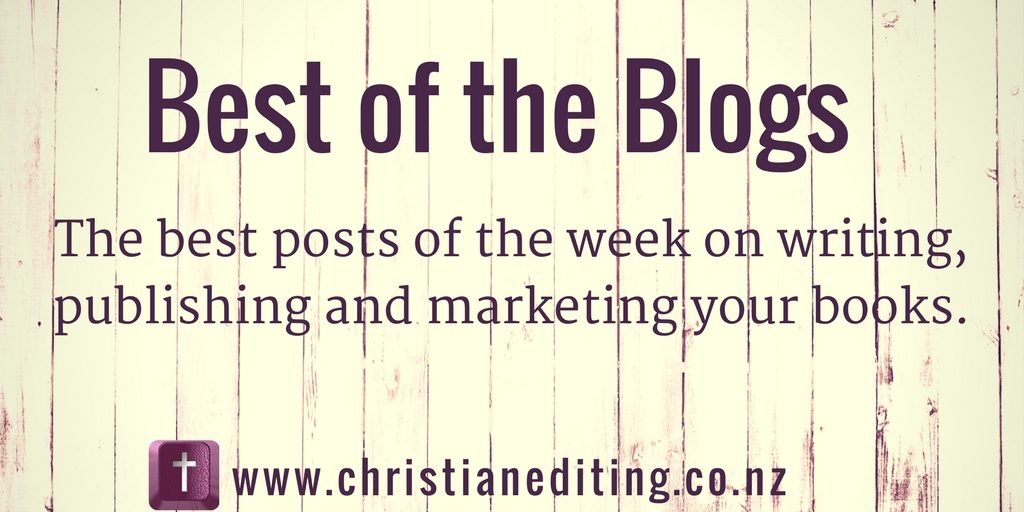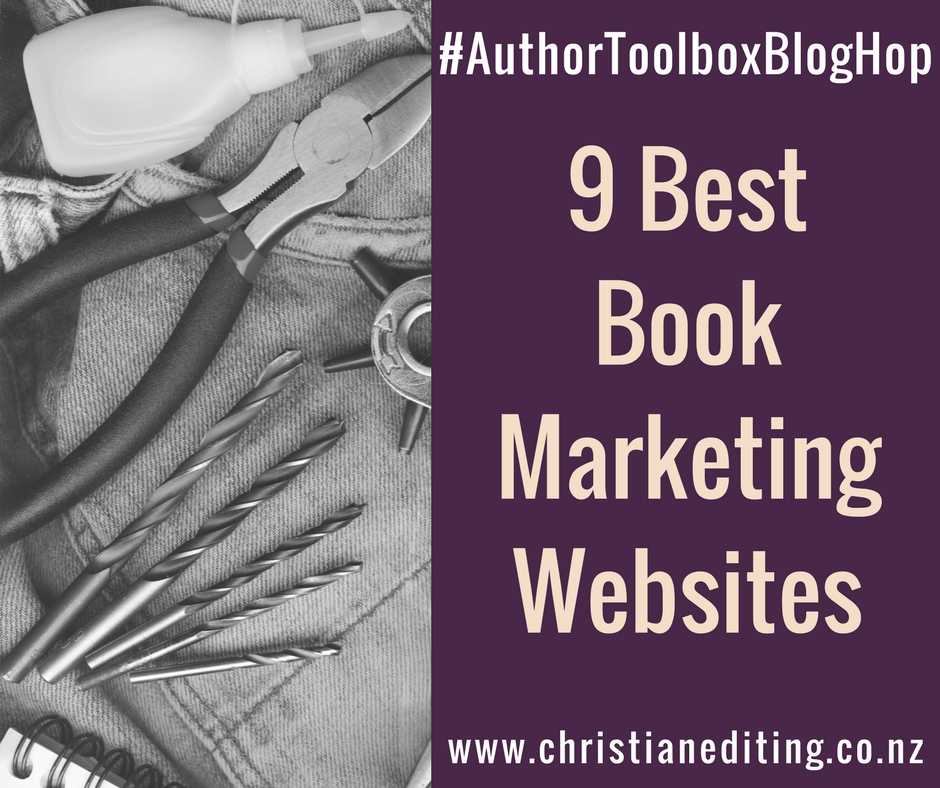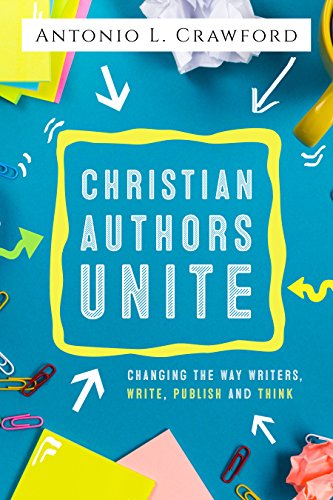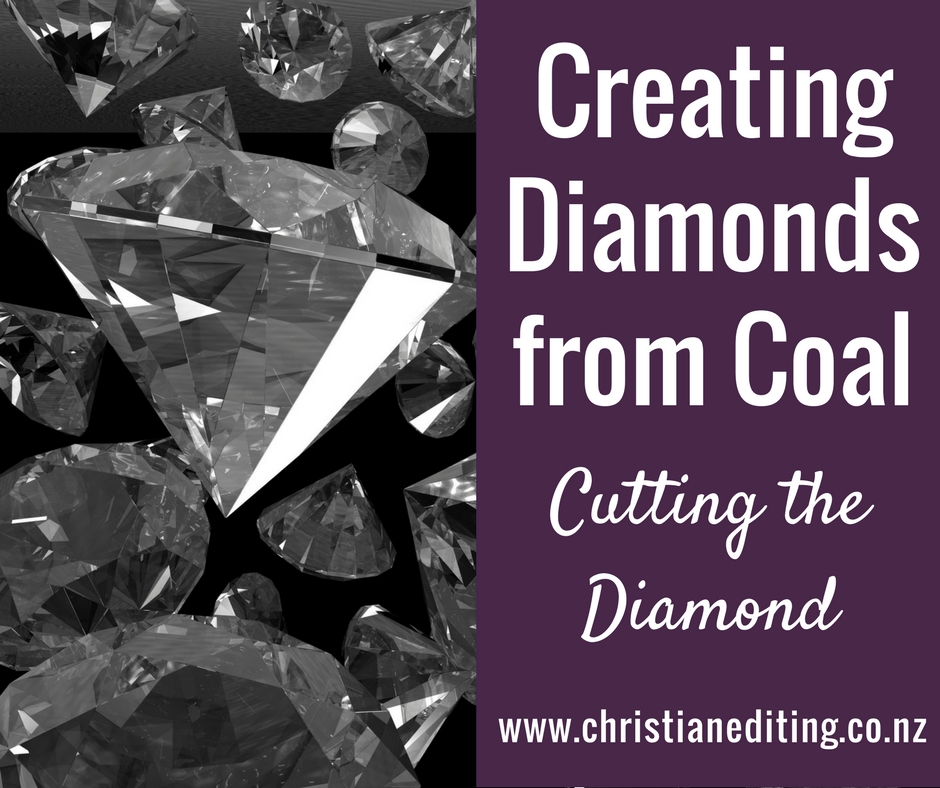Cutting the Diamond
In our series on Creating Diamonds from Coal (aka self-editing):
Today we’re going to work on what might be the most difficult part of the self-editing process: cutting.
Yes, there are words in our manuscript that have to be cut in order to allow us to see the final shape of our diamond, to allow it to shine.
And that last sentence is the perfect example. There’s nothing wrong with it—the spelling, grammar, and punctuation are all correct. But it could be improved with a little judicious shaping and cutting to turn our blah to brilliant:
We must cut the unnecessary words and allow our manuscripts to shine.
Thirty words to twelve.
What Needs to Go?
Back Story
Back story is what happened before the novel began, the events that formed our characters, that led them to believe a lie.
Writers need to understand this back story so they can write a convincing character arc. After all, if we don’t know where the character has come from, how can we show readers why they need to change?
We don’t need to tell the reader every detail of back story—especially not in the beginning. Going into the past can halt the forward motion of the plot, and I’ve read novels where the back story goes back generations. There is a writer maxim that we should leave back story for the back of the story and there is an element of truth in that statement.
We don’t the beginning of our novel to be bogged down with back story, but we also don’t want to leave our readers wondering why the main characters are the way they are.
There has to be a balance. The trick is to reveal back story a piece at a time. Margie Lawson says to think of back story like a pane of glass.
Write everything we know about the character, all their back story, on that pane of glass.
Then smash it.
Now we can pick up the pieces one at a time and insert them into the story, sliver by sliver, at the place where reader needs to know that sliver of back story. Nothing more, and nothing less.
If cutting your backstory makes you bleed, consider two things:
- Cutting is going to make your story better.
- You can repurpose your deleted backstory for marketing.
For example, you could use your deleted back story as the basis for a series of blog posts introducing your characters, or as a lead magnet to incentivise people into signing up for your email newsletter.
Clichés
You’ve probably heard the advice that writers should avoid clichés like the plague. But has anyone told you why?
Because clichés are predictable.
And we want to avoid predictable writing. We want to write (and read) fresh, original writing. Writing that encourages us to keep reading, because we don’t know what’s coming next. If we read the start of a cliché, we know what’s coming next … so what’s the incentive to keep reading?
If you’re going to use a cliché, twist it. Change it. Make it your own—better still, make it your character’s own. A twisted cliché isn’t predictable, so it keeps the reader engaged (and perhaps gives them a laugh).
Dialogue Tags
Dialogue is an area new writers struggle with, both with the actual words the characters speak (the actual dialogue) and with the way the is identified (the dialogue tags).
There are several common problems with dialogue:
- The ‘dialogue’ isn’t dialogue at all: it is back story, with two or more characters telling each other what they already know. This slows the story down.
- The dialogue is too formal for the character.
- The dialogue is monologue. Dialogue exchanges should be brief—no more than two or three sentences at a time.
Know your characters, and ensure their dialogue is consistent with what they would say in terms of vocabulary, sentence construction, and tone.
Many authors overcomplicate the speaker attributions—how the author indicates which character is speaking. Browne and King say:
- Start the paragraph with dialogue, not an action.
- Ensure the words in your speaker attributions are the right way around—he said, not said he.
- Avoid creative speaker attributions (e.g. Beth clucked, Beth chided).
- Avoid using adverbs in your speaker attributions (e.g she said smilingly).
- Don’t explain your dialogue (e.g. Beth said, astonished). If Beth’s dialogue hasn’t shown the reader Beth is astonished, telling us won’t solve the problem.
- You can use a speaker attribution (Beth said) or an action beat (Beth nodded), but there is no need to use both (Beth said, and nodded).
- You don’t need to add any dialogue tag if it’s obvious who is speaking.
You can also use a dialogue cue. Writing instructor Margie Lawson coined this phrase to refer body language and vocal cues (such as volume and tone of voice) which show subtext in the character interactions.
Getting the dialogue tags right is an easy way to improve your manuscript.
Repetition
The deliberate repetition of words, phrases or ideas can be used to great literary effect. However, most of us have words, phrases or stylistic habits we tend to repeat unconsciously (for example, I have a bad habit of using ‘however’, and tend to use parentheses too often).
There are several kinds of repetition:
Repetition of a single word
This could be using the same word twice in quick succession, or repeatedly using an unusual word or one that doesn’t fit in the style of the novel.
Repetition of an expression or movement
Many characters do nothing but nod or shrug or smile or sigh. In The Word Loss Diet, Rayne Hall says:
If your novel contains four smiles, each of them creates strong emotions in the reader. If it has a thousand smiles, the effect wears off.
It makes us wonder if the character has had Botox, that they can’t manage any other expression. It makes the character seem as genuine as The Joker.
It’s good to use actions to show us how a character is feeling. It’s not good to use the same action over and over and over. Brainstorm original ways of showing emotion. Invest in a copy of The Emotion Thesaurus by Angela Ackerman and Becca Puglasi. Write fresh.
Repetition at the beginning of sentences or paragraphs
Common issues include starting sentences with -ing words, with he or she, or with the character’s name
Repetition of an image or idea
Many authors give two different images to describe a scene or an object. This is the most difficult to spot, but the most important to notice and delete because it can weaken your writing.
Revise any repetition that is not specifically intended for emphasis or effect.
Weasel Words
Weasel words are words we don’t need, words which drag down our manuscript and make it more wordy than it needs to be. To illustrate, the second clause in the previous sentence (everything after the comma). The first seven words were sufficient to make the point.
Common weasel words include:
It
Either unnecessary or confusing. If you can cut it without changing the meaning of the sentence, do so. Otherwise replace ‘it’ with the noun it is referring to. (Can you see the potential for confusion?)
That
If you can cut that without changing the meaning of the sentence, do so. I find I can cut at least half.
Adverbs
An adverb is describing a verb, attempting (and failing) to make the verb stronger. Instead of using an adverb, replace the weak verb with a stronger version. Or cut the adverb.
Adjectives
Instead of using a string of similar adjectives, use a single strong adjective that best describes the noun.
Weasel Phrases
There are also weasel phrases:
- She nodded her head (what else would she nod?).
- She nodded her head in agreement (nodding rarely signals anything other than agreement).
- She stood up (no one is going assume anything else).
- She crouched down.
- He clapped his hands (a small boy might clap his feet. Otherwise, we’re going to know what you mean).
- She thought in her head (yes, some people say this. But it still sounds silly).
Overused Words
New writers often overuse words like look and turn (and their synonyms: gaze, watch, glance, study, observe, peek, peer, stare, and glare). I’ve never counted, but Rayne Hall says:
A bestselling novel by a top author contains around five ‘look’ and five ‘turn’, while a new writer’s book uses them five hundred times each.
Writers also use unnecessary words like begin and start. As a rule, we are either doing or not doing. I am either writing or not writing. I am not starting to write.
Remove Qualifiers
Instead of saying really well, find a single strong adjective that gets the point across. Weak or meaningless qualifiers include absolutely, actually, basically, certainly, completely, just, literally, much, only, quite, rather, really, somehow, somewhat, that, therefore, totally, very, and well.
Most of us have a unique set of weasel words. I recently read a manuscript where the author used some variation of magic five times in the first chapter—magic, magical, magically. Used once, magic is an interesting word. Used five times in one chapter, it feels out of place in a novel that’s not about magic.
Find your weasel words, and cut them.
Telling Words
Many authors use words like saw or felt or thought. These words are telling where you should be showing. They’re a sign you’ve slipped out of deep perspective point of view and telling the story yourself, rather than showing the story through the point of view character.
If you’re using point of view correctly, the reader knows anything seen is being seen from the perspective of the viewpoint character. To say the viewpoint character noticed something is unnecessary. So instead of:
Beth saw Jan wore a long black trenchcoat and knee-high boots.
If we already know Beth is the point of view character, the ‘Beth saw’ is redundant, and adds unnecessary narrative distance. We only need:
Jan wore a long black trenchcoat and knee-high boots.
Telling words to watch for include past, present and future tense versions of:
- See (notice, watch)
- Feel
- Think (ponder, wonder, realise, understand, consider)
Sentence Structure
Many new authors want to vary their sentence structure from the traditional subject-verb-object. Many hit on the idea of starting sentences with ‘as’ or with present participles (-ing words). This introduces two other issues:
It can weaken your writing by making it less active. Browne and King explain:
Two common stylistic constructions are:
Pulling off her gloves, she turned to face him.
and
As she pulled off her gloves, she turned to face him.
Both of these constructions [as and –ing] take a bit of action (“She pulled off her gloves”) and tuck it away into a dependent clause (“Pulling off her gloves”). This tends to place some of your action at one remove from your reader, to make the actions seem incidental, unimportant.
Starting a sentence with ‘As’ or an -ing word
This implies the two actions are occurring at the same time, as in the examples above. But many authors use this sentence structure to describe what becomes an impossible series of consecutive actions:
Climbing out of the car, she ran up the steps.
Not even Superman can run up steps while he’s still climbing out of a car. Our sentences need to reflect the correct order of our character’s actions:
She climbed out of the car and ran up the steps.
Sentence Structure
This is the standard sentence structure of noun-verb-subject (she-climbed-car), with the added modification of conjunction-verb-subject (and-ran-stairs).
Using the same sentence construction all the time can feel repetitive. But it’s better to use the correct repetitive sentence structure than an incorrect alternative (verbing, noun subject) that leaves the reader wondering what you meant.
Instead, use a combination of simple, complex, and compound sentences to vary your writing. Add sentence fragments
Consider sentence length. Short sentences feel fast. They increase pace. Long complex and compound sentences slow the pace as they meander across the page, which means you can use varying sentence lengths to increase or decrease the pace of your scene, or to manipulate the reader’s perception of time.
Writerly Words
‘Writerly words’ is a Margie Lawson phrase, meaning something that doesn’t sound natural, something that sounds as though a writer wrote it. This makes it a subtle form of author intrusion—where the author uses a word they like, but that’s too formal to be consistent with what the point of view character would say or think.
Conclusion
Cutting unnecessary words and phrases will tighten your writing and reduce your word count—in a good way.
These are suggestions, not rules. You don’t have to follow them all. In fact, you don’t have to follow any of them. But every time you’re tempted to leave an adverb in, or explain an emotion, think:
Does this make my story stronger?
Be honest. If you’re not sure, save your darlings somewhere then delete them from your manuscript. You can always add them back later if you get feedback from readers or editors that something is missing.
You’ve put the pressure on your diamond, examined the rough diamond, shaped the stone, and cut the stone. Give your manuscript one final polish, to make sure you’ve got the spelling, grammar, and punctuation right.
Now let it shine!








